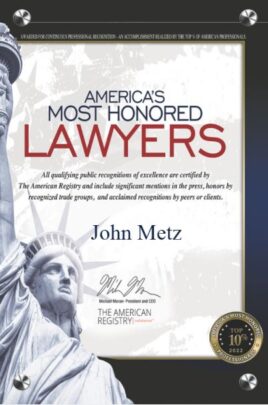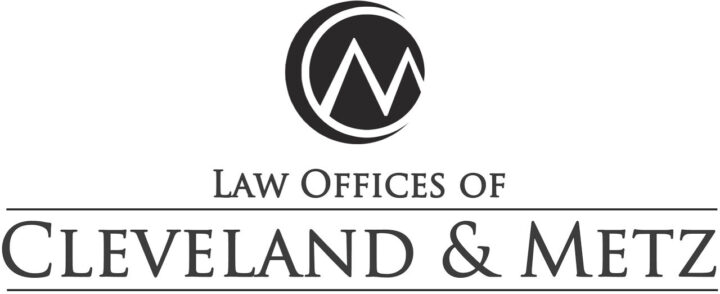Guide to Workers’ Compensation Settlements: Understanding Your Options
A Comprehensive Guide to Workers’ Compensation Settlements: Understanding Your Options
 Call
Call  Email
Email  Text
Text  Map
Map
Disclaimer: The following information aims to provide a general understanding of Worker’s Compensation settlements and should not be interpreted as legal advice. It is important to note that only a workers’ compensation judge at a Workers Compensation Appeals Board venue can finalize these cases. In the state of California, work injury lawyers are regulated attorneys, and they can only receive fees approved by a workers’ compensation judge at a Workers Compensation Appeals Board. Remember that a workers’ compensation attorney cannot request an advance payment from an injured worker without the approval of a workers’ compensation judge.
It is important to note that only a workers’ compensation judge at a Workers Compensation Appeals Board venue can finalize these cases. In the state of California, work injury lawyers are regulated attorneys, and they can only receive fees approved by a workers’ compensation judge at a Workers Compensation Appeals Board. Remember that a workers’ compensation attorney cannot request an advance payment from an injured worker without the approval of a workers’ compensation judge.
There are three primary types of settlements or outcomes for workers’ compensation cases. The first is known as a “Stipulation with a Request for Award.” This type of settlement involves a percentage of work injury disability that is paid out over time in accordance with the workers’ compensation laws established by the California legislature. It’s important to note that the rules may vary depending on the date of your injury due to the frequent changes in workers’ compensation laws. The payment amount will depend on your earnings and whether you can return to work after completing your treatment for the work-related injury. The benefits you receive will also vary based on the date of your injury. In addition to the disability payments, you are entitled to lifetime workers’ compensation benefits in the form of future medical care. With this settlement type, you have the right to reopen your case for additional workers’ compensation benefits within five years from the date of your work injury. After this five-year period, the work injury disability percentage becomes final, but the lifetime workers’ compensation medical care remains open.
The second type of workers’ compensation settlement is referred to as a “Compromise & Release.” This settlement involves a tax-free lump sum payment to resolve all workers’ compensation issues related to your work injury case. Typically, these issues include temporary disability, a percentage of permanent work injury disability, potential retroactive unpaid benefits or penalties, and future work injury medical care. Once a Compromise & Release is approved by a workers’ compensation judge at a Workers Compensation Appeals Board, it becomes a final settlement for all issues, except in rare circumstances.
The third type of closure for workers’ compensation cases is through a trial. The outcome of a work comp trial is generally similar to a Stipulation with a Request for Award, as discussed earlier. However, during the trial, the workers’ compensation judge will review the evidence and testimonies presented and subsequently issue a decision known as a “Findings & Award.” If you are successful at trial, the judge will grant a percentage of permanent disability, future medical care, and potentially other benefits or penalties. In cases involving unpaid workers’ compensation benefits or denials, the workers’ compensation judge will determine the appropriate resolution in the Findings & Award. It is important to note that the Findings & Award, which represents the trial decision, can be appealed within specific time limits by filing a petition for reconsideration under certain circumstances.
Navigating the path to any of these workers’ compensation settlements can be challenging, but you can significantly smoothen the journey by hiring an experienced and local workers’ compensation attorney. Contacting a knowledgeable local attorney, such as the Law Offices of Cleveland & Metz, can greatly assist you throughout this process. Feel free to reach out to our office for a free consultation. We proudly serve the eastern Los Angeles County, San Bernardino County, and Riverside County areas.
